Scientists Discover America’s Largest Wolf Pack Roaming The Wilderness
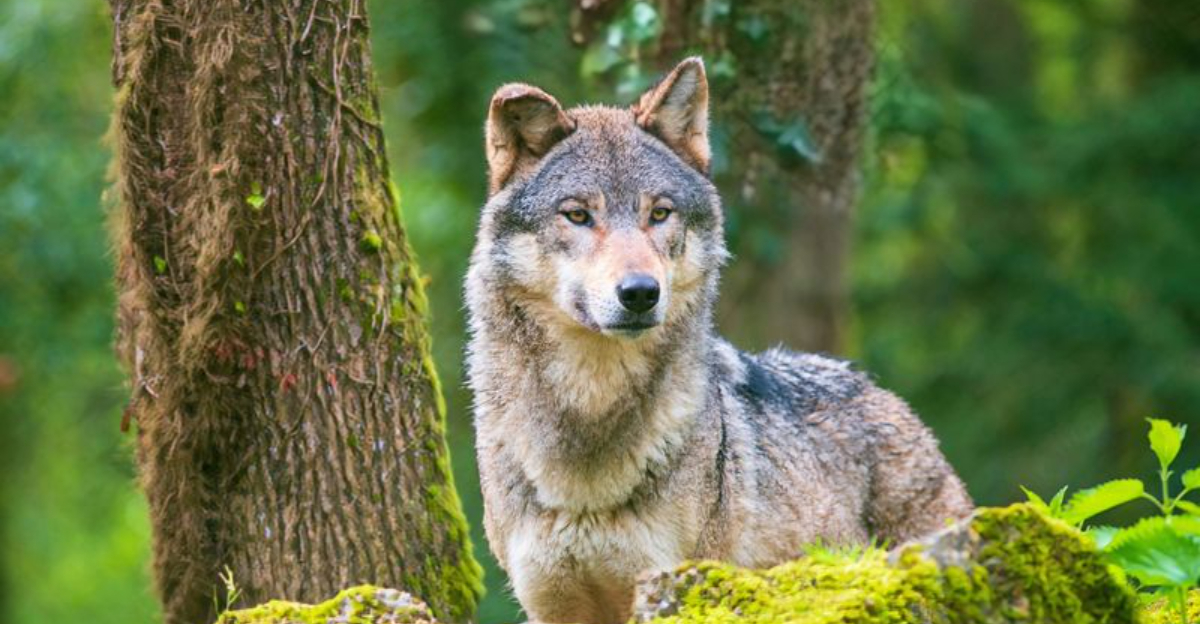
Deep in the wilderness of Yellowstone National Park, scientists have made an extraordinary discovery. A massive wolf pack, now known as the Yellowstone Northern Range Pack, has been confirmed with an unprecedented 42 members.
This groundbreaking finding shatters previous records and offers new insights into wolf behavior and ecosystem dynamics.
Introduction To The Yellowstone Northern Range Pack
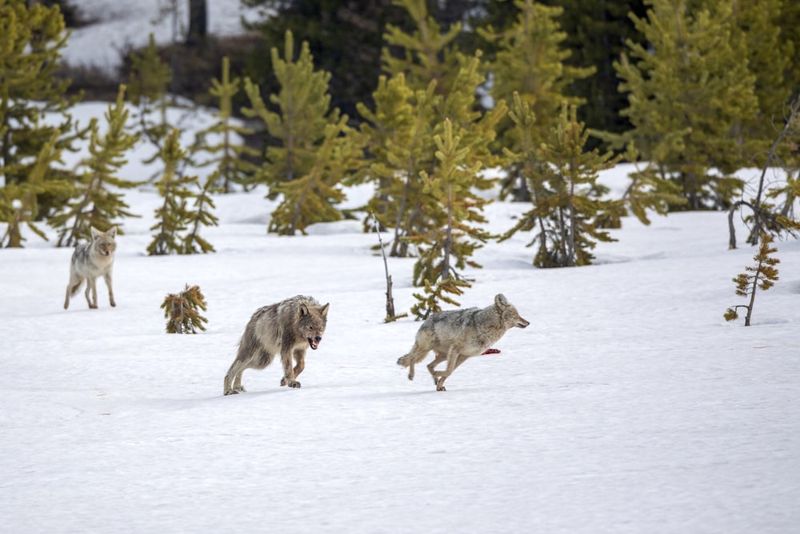
The Yellowstone Northern Range Pack represents a wildlife milestone unlike any other in modern conservation. With 42 wolves living and hunting together, this pack has shattered all previous records for wolf group size in North America.
Researchers initially doubted their counts, conducting multiple surveys before confirming this remarkable finding. The pack’s emergence signals a triumphant chapter in wolf recovery since reintroduction efforts began in 1995.
What Makes This Wolf Pack America’s Largest?
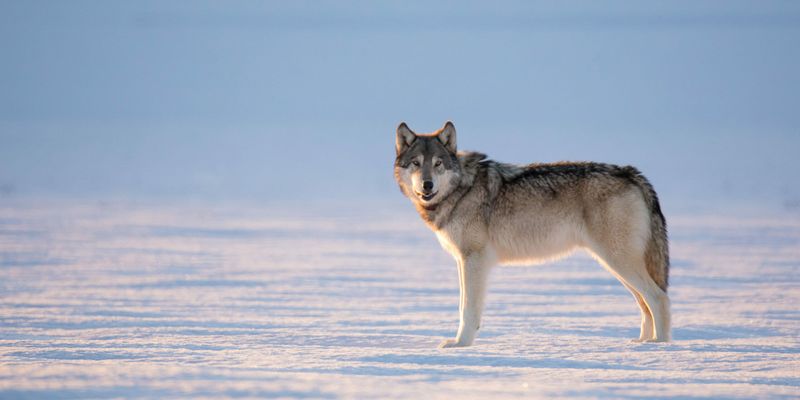
Typical wolf packs contain just 5-12 members, with even large groups rarely exceeding 20-25 wolves. The Yellowstone Northern Range Pack’s 42 members represent an evolutionary anomaly that challenges scientific understanding.
Several breeding pairs contribute to this supersized family, rather than the usual single alpha couple. Abundant prey and minimal human interference have allowed this extraordinary social structure to develop naturally.
The Astonishing Size Of The Yellowstone Northern Range Pack
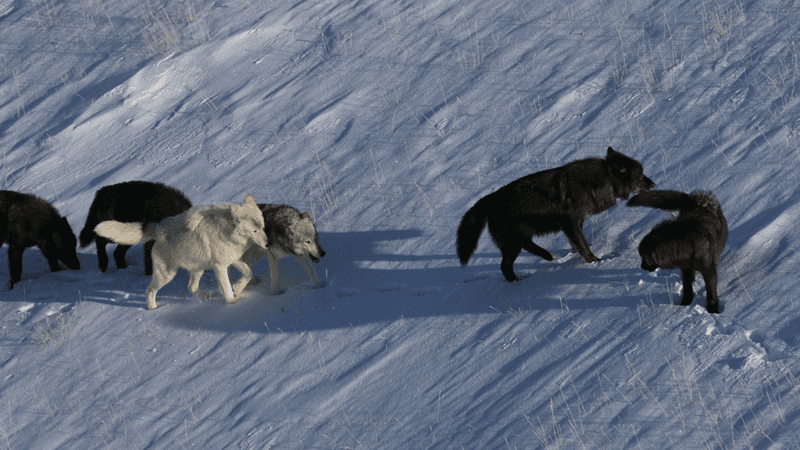
Confirming the pack’s size required months of painstaking fieldwork. Scientists combined aerial tracking, ground observations, and genetic testing from scat samples to verify individual wolves.
Such massive packs were documented historically before widespread hunting nearly eliminated wolves from the lower 48 states.
The Yellowstone Northern Range Pack offers a rare glimpse into how wolves naturally organized before human interference disrupted their social patterns.
The Significance Of The 42 Wolves In The Pack
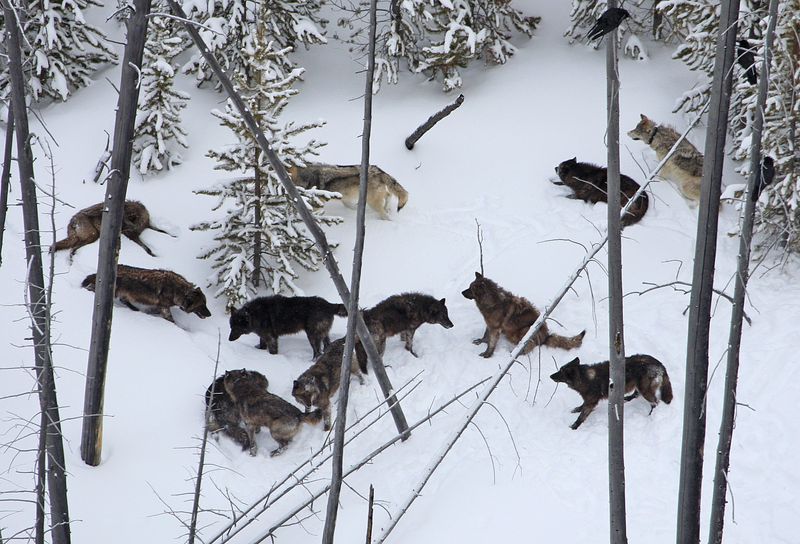
A wolf pack this size creates complex social hierarchies beyond simple alpha-beta structures. Multiple family units operate within a coordinated super-group, sharing territory and resources while maintaining distinct sub-pack identities.
The 42 members include a surprising number of adults – 28 fully grown wolves alongside 14 sub-adults and pups. This unusual age distribution suggests exceptional survival rates and successful integration of multiple generations.
Tracking The Wolves: How Scientists Discovered The Pack
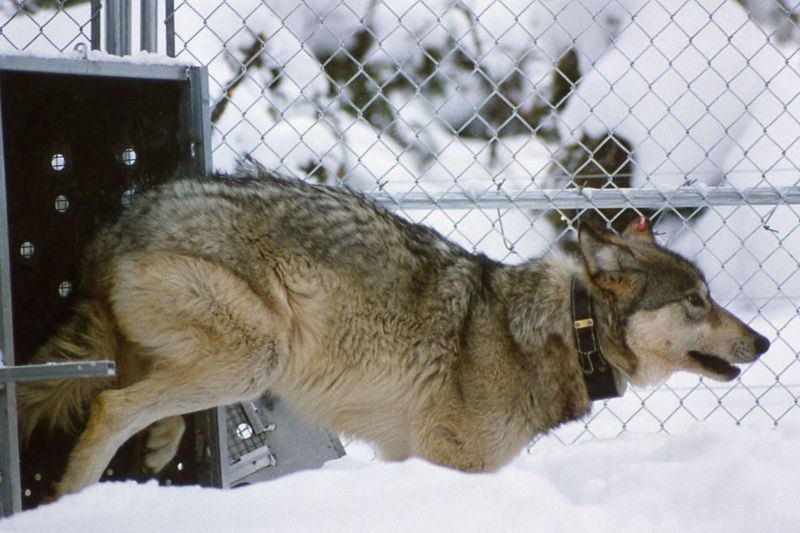
Advanced GPS collars transmitting real-time location data first alerted researchers to unusual gathering patterns. These high-tech devices record movement, activity levels, and even hunting behaviors, providing unprecedented insights.
Remote camera traps captured thousands of images, allowing individual identification through unique fur patterns and physical characteristics. Dedicated field teams braved harsh winter conditions, following tracks and howls to document this remarkable congregation.
The Vast Territory Of The Yellowstone Northern Range Pack
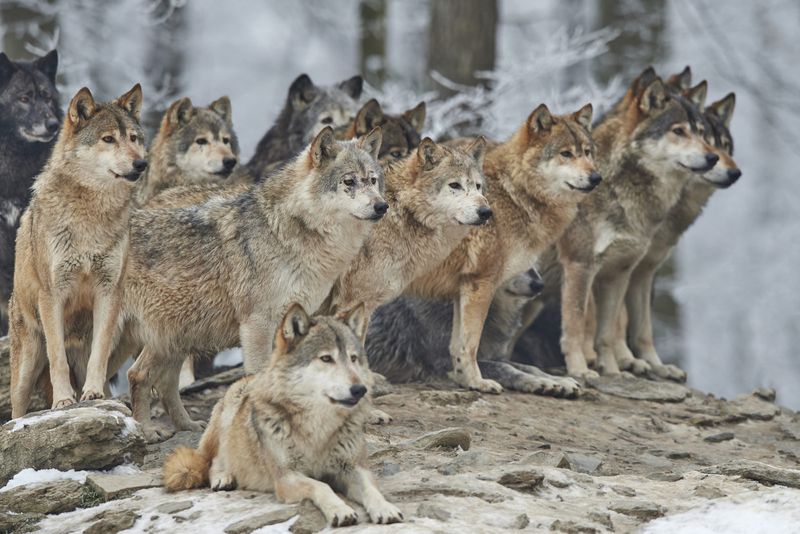
Spanning roughly 400 square miles, the pack’s territory dwarfs typical wolf ranges. This massive area encompasses diverse ecosystems – from river valleys and thermal features to alpine meadows and dense forests.
Seasonal migration patterns show strategic movement between winter hunting grounds rich in elk and summer denning areas offering protection for vulnerable pups. The territory includes both protected park lands and surrounding wilderness areas.
How The Pack’s Size Impacts Wolf Behavior And Ecosystem Health
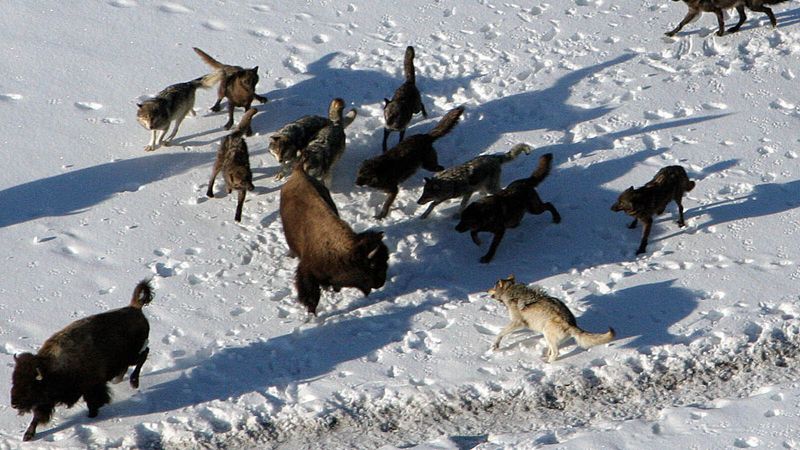
A 42-member pack can take down larger prey, including adult bison that smaller groups wouldn’t attempt. Their coordinated hunting strategies demonstrate remarkable communication and teamwork unseen in typical wolf groups.
Their presence triggers cascading ecological benefits – controlling elk populations prevents overgrazing, which in turn revitalizes plant communities and supports beaver populations. These “ecosystem engineers” have transformed Yellowstone’s landscapes since wolf reintroduction.
Reintroduction Of Wolves: The Recovery Of North America’s Apex Predator
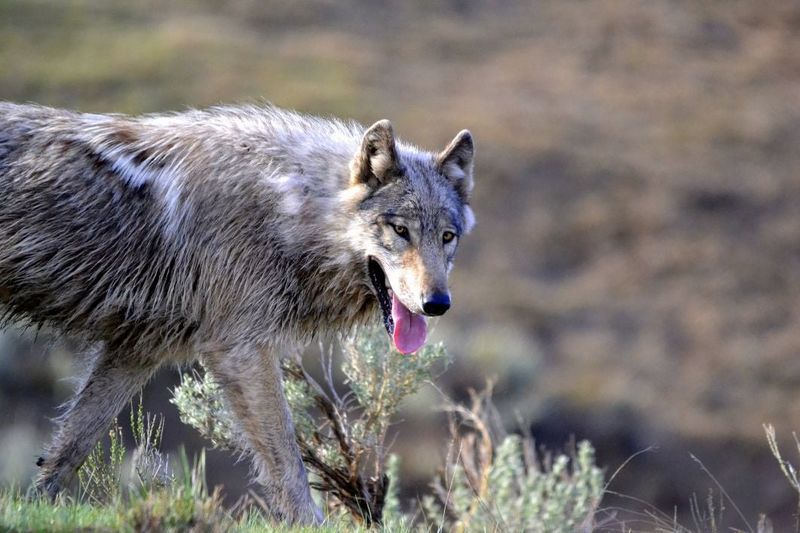
When wolves returned to Yellowstone in 1995, skeptics doubted their survival. From just 41 reintroduced wolves, the population has grown to over 500 across the greater Yellowstone region.
The Northern Range Pack represents the ultimate success story – wolves reclaiming their ecological niche without human management. Their natural population growth contradicts fears that predators would require constant intervention to maintain viable numbers.
What The Discovery Means For The Greater Yellowstone Ecosystem
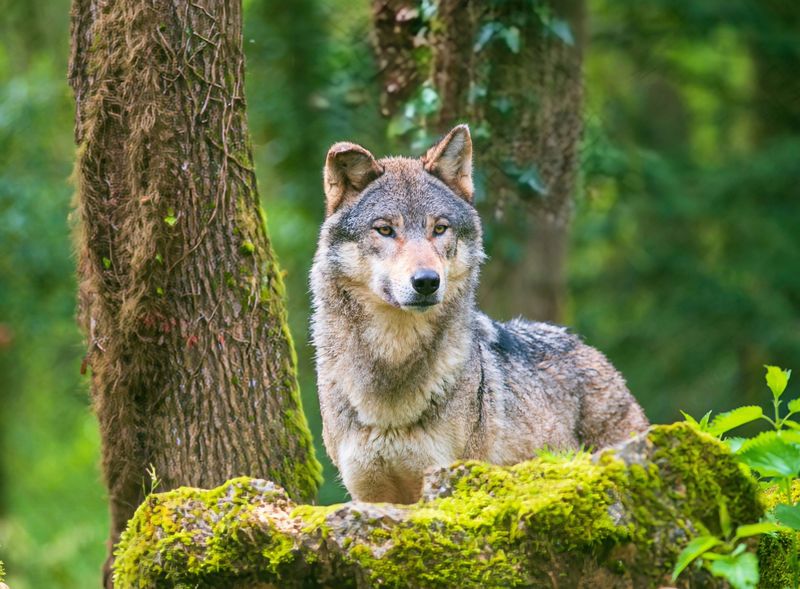
Before wolves returned, Yellowstone suffered from too many elk destroying riverside vegetation. Now, with predators like the Northern Range Pack keeping herbivores moving, aspen and willow trees flourish again along waterways.
This vegetative recovery supports songbirds, beavers, and fish populations. The emergence of America’s largest wolf pack indicates the ecosystem has reached a new balance point where apex predators can thrive naturally.
Future Implications For Wolf Conservation And Wilderness Preservation
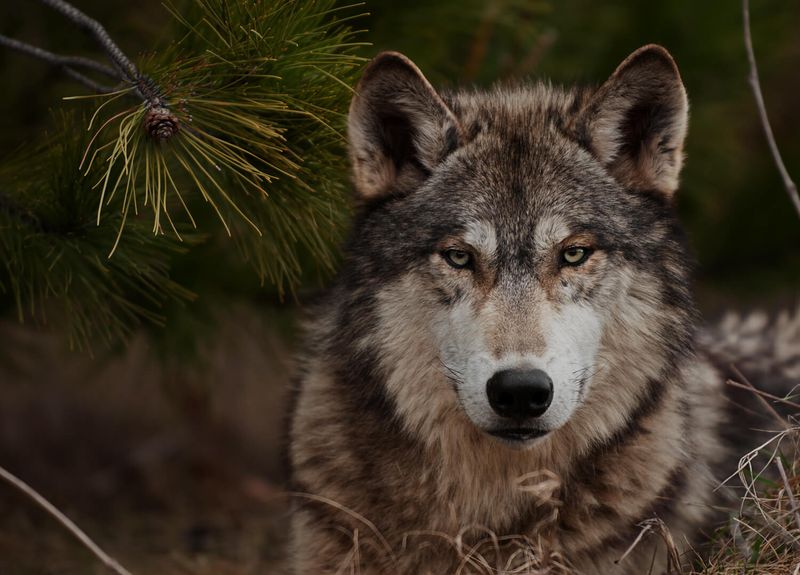
The Northern Range Pack challenges assumptions about wolf management outside protected areas. If wolves can naturally form such large, sustainable groups, perhaps current management approaches need reconsideration.
Scientists hope this discovery will influence policy decisions about wolf hunting quotas and habitat protection. The pack’s existence proves that given sufficient space and prey, wolves can regulate their own populations while providing tremendous ecological benefits.






